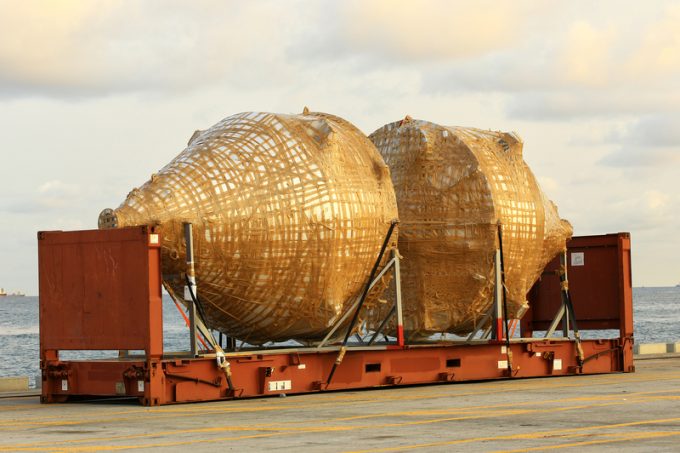Shipping lines should buy fuel collectively to clear a path to 'green' target
Enhanced alignment between shipping and fuel producers is essential if the industry is to meet ...

In a further effort to crack down on misdeclared cargo, Maersk Line will introduce a $500 fee for special and out-of-gauge cargo if the actual dimensions of the cargo differ from booking details.
Maersk has warned shippers that, from 1 July, even if the actual sizes ...

Comment on this article